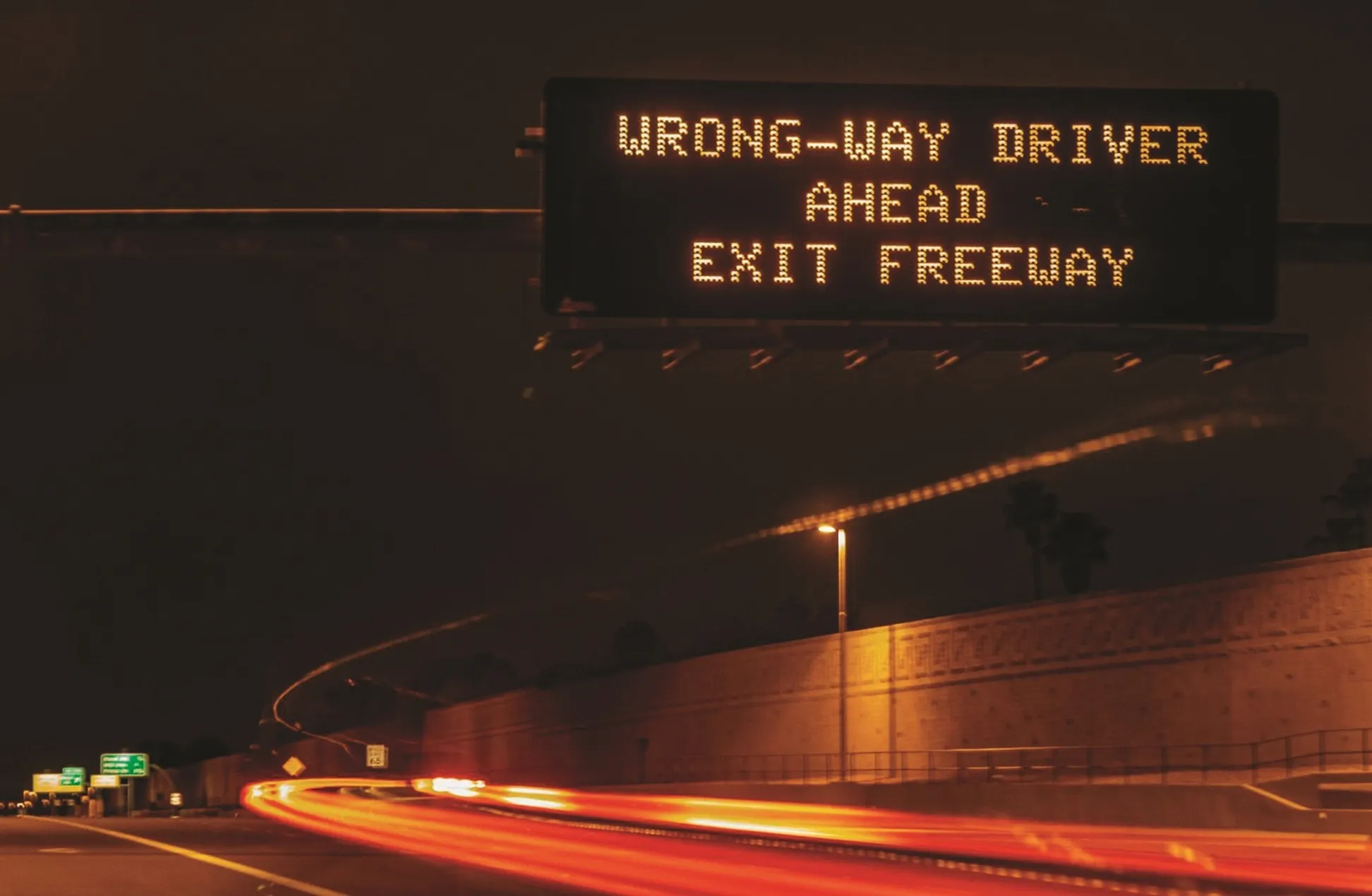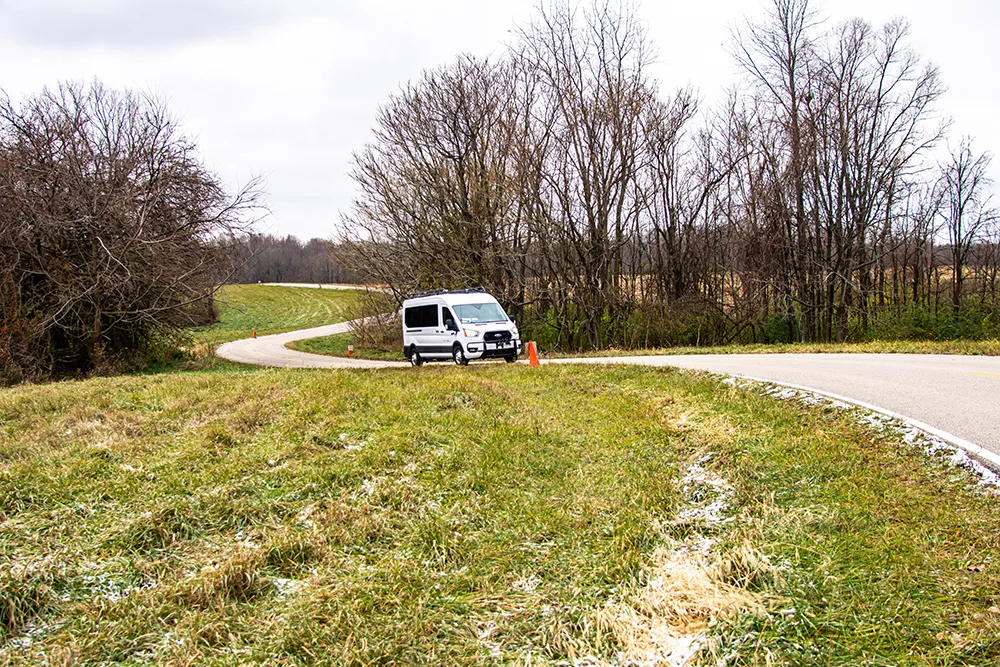International automotive supplier Continental is working on new road departure protection systems that aim to eliminate unintended road departures, which currently are not completely covered by today’s lateral guidance advanced driver assistance systems (ADAS), preventing fatal accidents from occurring on highways and rural roads.
According to the US Department of Transportation Federal Highway Administration, approximately 55 per cent of traffic fatalities in the US involve a vehicle crossing the roadwa
June 25, 2015
Read time: 4 mins
International automotive supplier 260 Continental is working on new road departure protection systems that aim to eliminate unintended road departures, which currently are not completely covered by today’s lateral guidance advanced driver assistance systems (ADAS), preventing fatal accidents from occurring on highways and rural roads.
According to the324 US Department of Transportation 831 Federal Highway Administration, approximately 55 per cent of traffic fatalities in the US involve a vehicle crossing the roadway or centre line. In Germany, 60 per cent of fatal road accidents and 25 per cent of non-fatal road accidents occur on rural roads, according to the German Federal Statistical Office 6163 DESTATIS.
The new systems differ from lane keeping and lane departure warning systems in that they specifically monitor the outside boundaries of the roadway and act with more authority to keep the vehicle within its intended space.
Based on environment perception means like road edge detection or road course preview, the systems will actively intervene when a driver unintentionally leaves the road. Using automated vehicle control, the systems keep the vehicle on track and protect against rollover accidents or collisions with roadside obstacles or oncoming traffic by automatically steering it back into its lane when it begins to inadvertently leave the road or cross the centre line into dangerous oncoming traffic.
The base system, which uses a forward looking mono camera to detect roadway boundaries, monitors the driver’s steering angle and vehicle path through existing electronic stability control (ESC) sensors and also uses chassis motion sensors to identify if the vehicle is crossing the road boundary. It then uses the ESC system to apply the individual wheel brakes to automatically steer the vehicle back on the road while simultaneously warning the driver and reducing the speed of the vehicle for safety reasons. This active intervention is signalled when the vehicle senses it is departing the road. The system’s performance is enhanced by road edge rumble strips, creating an opportunity for an effective combined vehicle plus infrastructure solution. The system is designed with a driver intention recognition feature in the event that the driver does intend to leave the roadway for any reason.
Continental is also working in parallel on an enhanced system which uses a stereo camera and a long-range radar for improved detection of roadway boundaries, particularly for country roads in Europe. The long-range radar and the stereo camera allow the generation of an occupancy map that contains information about the occupancy state of a tessellated area in the vehicle’s field of view. Based on this map, a further confirmation of road departure and potential collisions with solid borders like kerbstones, guard rails or construction site equipment is provided. The goal is to detect road boundaries, even when lane markings are missing. A coordinated brake and steering intervention will increase the efficiency of this system.
The further integration of road map data and on-board GPS can also support an advanced preview ESC feature that detects the course of the road before entering a curve. Based on the predicted upcoming road curvature, the driver is supported in situations where the driving dynamics are critical, for example with inappropriate speed during curve driving on a country road or tight curves, to keep the vehicle within the possible physical limits of the road.
“The system serves as a virtual guard rail, protecting the vehicle and its occupants from accidentally leaving the road, ultimately minimizing the risk of a potentially fatal accident due to driver error, distractions or drowsiness,” said Steffen Linkenbach, head of Systems and Technology for the Chassis & Safety Division, Continental North America. “The Road Departure Protection system enhances our driver assistance portfolio of products by adding an intuitive solution that goes beyond the warning phase by automatically steering the vehicle back into its lane while alerting the driver of the potentially dangerous situation.”
According to the
The new systems differ from lane keeping and lane departure warning systems in that they specifically monitor the outside boundaries of the roadway and act with more authority to keep the vehicle within its intended space.
Based on environment perception means like road edge detection or road course preview, the systems will actively intervene when a driver unintentionally leaves the road. Using automated vehicle control, the systems keep the vehicle on track and protect against rollover accidents or collisions with roadside obstacles or oncoming traffic by automatically steering it back into its lane when it begins to inadvertently leave the road or cross the centre line into dangerous oncoming traffic.
The base system, which uses a forward looking mono camera to detect roadway boundaries, monitors the driver’s steering angle and vehicle path through existing electronic stability control (ESC) sensors and also uses chassis motion sensors to identify if the vehicle is crossing the road boundary. It then uses the ESC system to apply the individual wheel brakes to automatically steer the vehicle back on the road while simultaneously warning the driver and reducing the speed of the vehicle for safety reasons. This active intervention is signalled when the vehicle senses it is departing the road. The system’s performance is enhanced by road edge rumble strips, creating an opportunity for an effective combined vehicle plus infrastructure solution. The system is designed with a driver intention recognition feature in the event that the driver does intend to leave the roadway for any reason.
Continental is also working in parallel on an enhanced system which uses a stereo camera and a long-range radar for improved detection of roadway boundaries, particularly for country roads in Europe. The long-range radar and the stereo camera allow the generation of an occupancy map that contains information about the occupancy state of a tessellated area in the vehicle’s field of view. Based on this map, a further confirmation of road departure and potential collisions with solid borders like kerbstones, guard rails or construction site equipment is provided. The goal is to detect road boundaries, even when lane markings are missing. A coordinated brake and steering intervention will increase the efficiency of this system.
The further integration of road map data and on-board GPS can also support an advanced preview ESC feature that detects the course of the road before entering a curve. Based on the predicted upcoming road curvature, the driver is supported in situations where the driving dynamics are critical, for example with inappropriate speed during curve driving on a country road or tight curves, to keep the vehicle within the possible physical limits of the road.
“The system serves as a virtual guard rail, protecting the vehicle and its occupants from accidentally leaving the road, ultimately minimizing the risk of a potentially fatal accident due to driver error, distractions or drowsiness,” said Steffen Linkenbach, head of Systems and Technology for the Chassis & Safety Division, Continental North America. “The Road Departure Protection system enhances our driver assistance portfolio of products by adding an intuitive solution that goes beyond the warning phase by automatically steering the vehicle back into its lane while alerting the driver of the potentially dangerous situation.”









